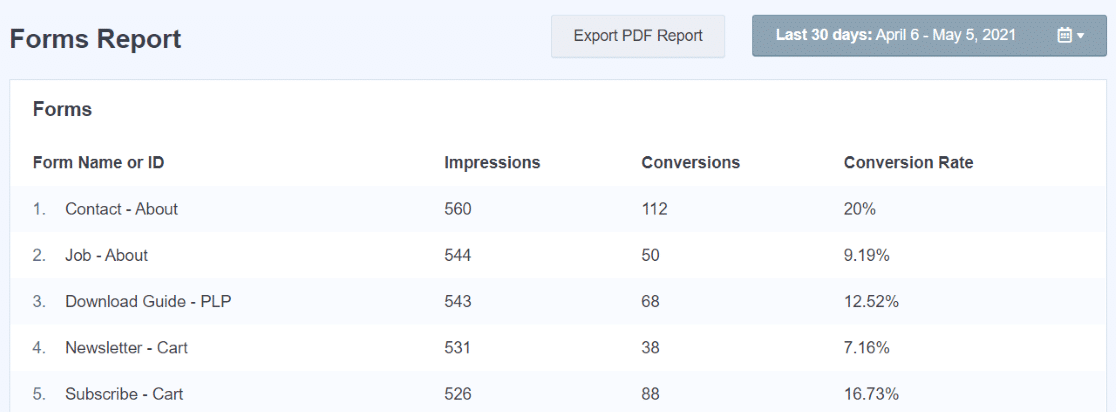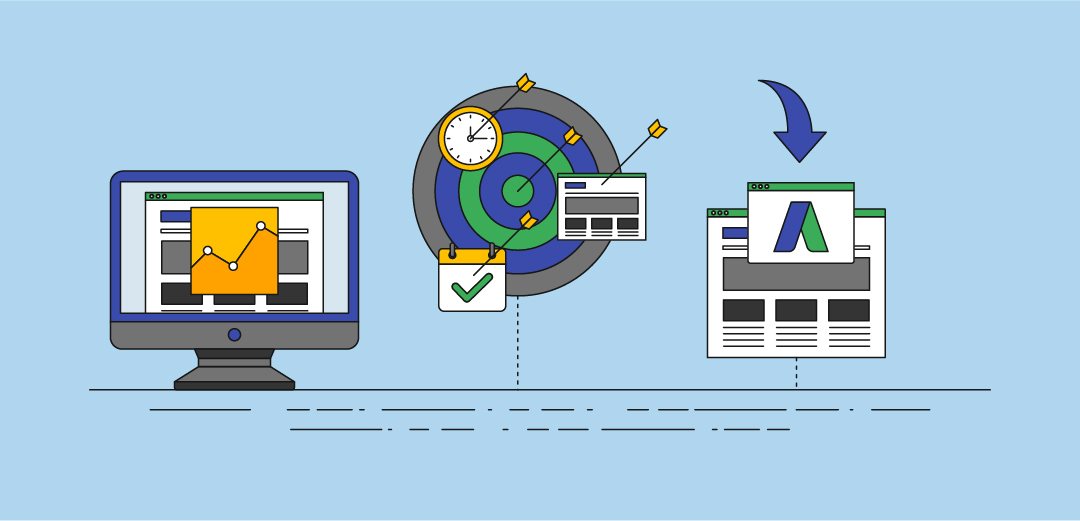Understanding What Data Is Google Analytics Goals Unable to Track
Understanding What Data Is Google Analytics Goals Unable to Track
Blog Article
Discover the Limitations of Google Analytics Goals: Revealing the Information Types That Remain Untrackable
As organizations progressively depend on data-driven decision-making, understanding the constraints of tools like Google Analytics ends up being critical. While Google Analytics Goals deal beneficial understandings into individual interactions, there exist information types that elude monitoring, presenting difficulties to an extensive understanding of individual habits. These untrackable information kinds elevate concerns regarding the accuracy and efficiency of the analytics data that organizations greatly depend upon for their electronic methods. Interested to uncover the surprise blind areas in your information analysis process?
Incomplete User Journey Tracking
Insufficient individual journey tracking within Google Analytics can hinder the capability to precisely analyze individual habits. When the user journey is not totally tracked, there are spaces in the data that stop a comprehensive understanding of just how users connect with a site. This lack of understanding can bring about missed opportunities for optimization and improvements to the individual experience.
One typical concern with insufficient user journey tracking is the lack of ability to see the full path that customers take before finishing an objective or leaving the site. Without this information, it is challenging to identify where users might be coming across obstacles or friction factors that avoid them from transforming. Additionally, insufficient monitoring can cover the influence of particular advertising and marketing initiatives or internet site modifications on individual habits.
To resolve this limitation, it is vital to set up correct monitoring devices within Google Analytics to record the entire user journey. This might involve establishing up event monitoring, goal funnels, or using devices like Google Tag Supervisor to make certain that no vital communications go unrecorded. By obtaining a detailed sight of the customer journey, internet site proprietors can make more enlightened choices to boost individual engagement and drive conversions.
Acknowledgment Challenges
Browsing through acknowledgment obstacles in Google Analytics calls for a comprehensive understanding of how different touchpoints add to the total conversion process. Acknowledgment difficulties arise from the intricacy of modern client trips, where users engage with multiple networks prior to transforming. Google Analytics offers different attribution designs like initial touch, last touch, and linear, each supplying a different point of view on how credit scores is designated to touchpoints along the conversion course. These models might not always precisely mirror the real influence of each touchpoint on the conversion.
One typical attribution challenge is the trouble in associating conversions to the appropriate resource, specifically in situations where users interact with numerous channels prior to converting. Additionally, cross-device monitoring presents another attribution difficulty, as users frequently change between gadgets throughout their trip, making it testing to track their communications perfectly.
Offline Conversions
Provided the obstacles connected with associating conversions accurately in online networks, the measurement of offline conversions offers a substantial chance for online marketers seeking a much more extensive understanding of their clients' trip. Offline conversions refer to actions that customers take in the physical world, such as making acquisitions in brick-and-mortar shops or over the phone, going to occasions, or involving with printed materials - what data is google analytics goals unable to track. These conversions are essential for services that run both online and offline, as they offer useful understandings into the efficiency of advertising and marketing campaigns across numerous touchpoints
Tracking offline conversions traditionally positioned a substantial obstacle for marketing professionals, as it was challenging to connect these activities back to certain online interactions accurately. With advancements in technology, such as the combination of CRM systems, special identifiers, and promo code codes, organizations can currently bridge the void in between online and offline information to get a much more alternative view of customer behavior. By effectively measuring offline conversions, marketing experts can maximize their approaches, allocate sources more efficiently, and ultimately improve the general consumer experience.
Cross-Device Tracking
Cross-device tracking plays a crucial role in recognizing the interconnected nature of customers' electronic interactions across multiple tools. In today's omnichannel globe, where individuals perfectly switch between desktops, tablet computers, and smartphones, tracking their habits across these tools is crucial for marketers to get a comprehensive view of their consumer trip.

Moreover, privacy worries and policies such as GDPR and CCPA have better challenging cross-device tracking. With individuals requiring even more control over their data and boosted constraints on monitoring modern technologies, marketing professionals have to find innovative and privacy-compliant ways to connect user interactions across gadgets.
Dynamic Material Engagement
Understanding user engagement with dynamic content is pivotal in optimizing electronic marketing approaches for boosted target market interaction. Dynamic material refers to web site elements that change based on user actions, preferences, or other aspects, offering a tailored experience. Tracking individual interactions with dynamic material positions challenges for conventional analytics devices like Google Analytics.
While Google Analytics can track fundamental interactions like clicks and web page views, it may struggle to capture more nuanced involvements within vibrant material. what data is google analytics goals unable to track. Metrics such as time invested on details dynamic components, hover activities, or interactions within pop-ups are frequently not quickly quantifiable making use of typical tracking techniques. This restriction impedes marketing experts' ability to totally understand exactly how individuals are involving with vibrant web content and Discover More tailor their approaches accordingly

Final Thought
Finally, Google Analytics objectives have restrictions in tracking insufficient customer trips, attributing conversions precisely, capturing offline conversions, tracking cross-device interactions, and determining vibrant material engagement. These constraints highlight the relevance of exploring added monitoring approaches and tools to acquire an extra thorough understanding of customer behavior and conversions past what Google Analytics can supply.
While Google Analytics Goals offer beneficial insights right into customer communications, there exist data types that thwart monitoring, posing challenges to a comprehensive understanding of user behavior.Insufficient customer journey tracking within Google Analytics can prevent the capability to precisely assess customer actions. When the individual trip is not totally tracked, there are gaps in the information that avoid an extensive understanding of just how individuals interact with an internet site.One common problem with insufficient user journey tracking is the failure to see the complete course that individuals take before completing a goal or leaving the site. By getting a comprehensive view of the individual trip, internet site proprietors can make more educated decisions to improve customer interaction and drive conversions.
Report this page